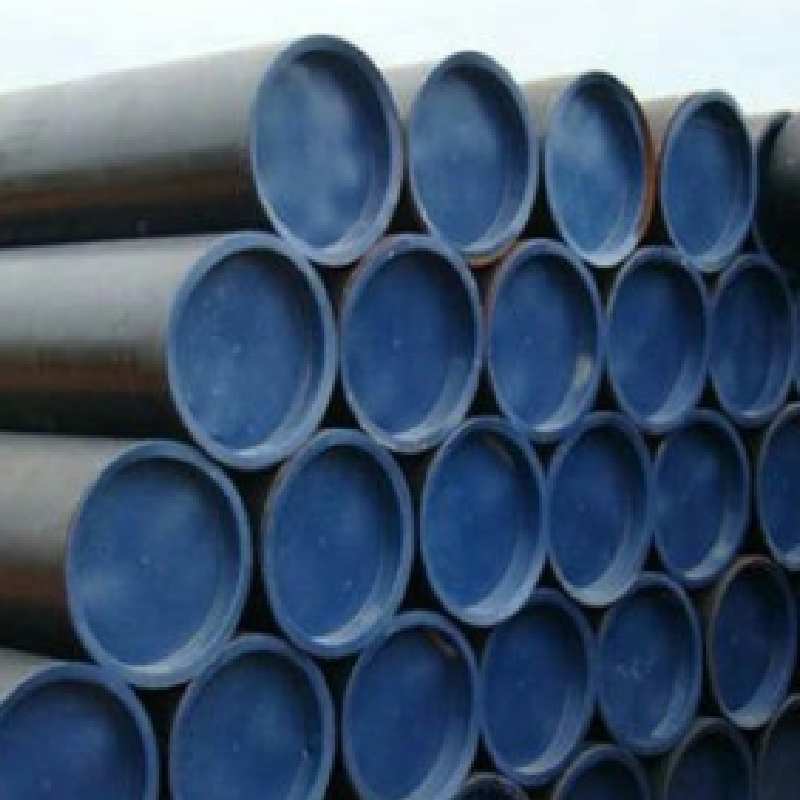-
Cangzhou Yulong Steel Co., Ltd.
-
Phone:
+86 13303177267 -
Email:
admin@ylsteelfittings.com
- English
- Arabic
- Italian
- Spanish
- Portuguese
- German
- kazakh
- Persian
- Greek
- French
- Russian
- Polish
- Thai
- Indonesian
- Vietnamese
- Zulu
- Korean
- Uzbek
- Hindi
- Serbian
- Malay
- Ukrainian
- Gujarati
- Haitian Creole
- hausa
- hawaiian
- Hebrew
- Miao
- Hungarian
- Icelandic
- igbo
- irish
- Japanese
- Javanese
- Kannada
- Khmer
- Rwandese
- Afrikaans
- Albanian
- Amharic
- Armenian
- Azerbaijani
- Basque
- Belarusian
- Bengali
- Bosnian
- Bulgarian
- Catalan
- Cebuano
- China
- China (Taiwan)
- Corsican
- Croatian
- Czech
- Danish
- Esperanto
- Estonian
- Finnish
- Frisian
- Galician
- Georgian
- Kurdish
- Kyrgyz
- Lao
- Latin
- Latvian
- Lithuanian
- Luxembourgish
- Macedonian
- Malgashi
- Malayalam
- Maltese
- Maori
- Marathi
- Mongolian
- Myanmar
- Nepali
- Norwegian
- Norwegian
- Occitan
- Pashto
- Dutch
- Punjabi
- Romanian
- Samoan
- Scottish Gaelic
- Sesotho
- Shona
- Sindhi
- Sinhala
- Slovak
- Slovenian
- Somali
- Sundanese
- Swahili
- Swedish
- Tagalog
- Tajik
- Tamil
- Tatar
- Telugu
- Turkish
- Turkmen
- Urdu
- Uighur
- Welsh
- Bantu
- Yiddish
- Yoruba

Oct . 01, 2024 21:28 Back to list
Steel Concentric Reducers for Efficient Pipe Transition and Flow Management Solutions
Understanding Steel Concentric Reducers A Comprehensive Guide
Steel concentric reducers are essential components in piping systems, designed to facilitate the transition between two different diameters of pipes. They play a critical role in fluid conveyance across various industries, including oil and gas, chemical processing, water treatment, and construction. This article explores the features, types, and benefits of steel concentric reducers, highlighting their significance in modern engineering.
What is a Steel Concentric Reducer?
A steel concentric reducer is a fitting that connects two pipes of different diameters, allowing for a smooth transition of fluid flow. Unlike eccentric reducers, which offset the pipe during the transition, concentric reducers maintain a central alignment. This design helps ensure that the fluid flows evenly, minimizing turbulence and pressure drops. Constructed from high-quality steel, these reducers offer excellent strength, durability, and resistance to high temperatures and pressures.
Features and Types
Steel concentric reducers come in various sizes, with diameters typically ranging from a few millimeters to several inches. They can be categorized based on their end connections, such as welded, threaded, or flanged. The manufacturing process often involves techniques like seamless welding or forging, ensuring that the reducers withstand the mechanical and thermal stresses encountered in piping systems.
Commonly, steel concentric reducers are made from materials such as carbon steel, alloy steel, and stainless steel. Each material offers distinct advantages based on the application requirements. For instance, stainless steel reducers are preferred for corrosive environments, while carbon steel reducers are widely used in high-pressure applications.
Benefits of Using Steel Concentric Reducers
steel concentric reducer

1. Smooth Flow Transition One of the primary advantages of steel concentric reducers is their ability to facilitate a smooth transition from one pipe diameter to another. This design reduces the chance of turbulence and ensures a more efficient flow of fluids.
2. Durability and Strength Steel is known for its strength and durability, making concentric reducers capable of withstanding extreme temperatures and pressures. This durability extends the lifespan of the piping system and reduces maintenance costs.
3. Versatility With a variety of sizes and materials available, steel concentric reducers can be utilized in numerous applications across different industries. This versatility makes them a preferred choice for engineers and designers.
4. Ease of Installation Steel concentric reducers are generally easy to install and can be seamlessly integrated into existing piping systems. Their central alignment allows for straightforward connections, reducing installation time and labor costs.
5. Cost-effective Solution While the initial investment might be higher than other materials, the long-term benefits of using steel concentric reducers, such as reduced maintenance and increased efficiency, make them a cost-effective solution in the long run.
Conclusion
In conclusion, steel concentric reducers are critical components in the construction and maintenance of efficient piping systems. Their unique design, coupled with their durability and versatility, makes them ideal for various industrial applications. As industries continue to evolve, the demand for reliable and efficient piping solutions like steel concentric reducers will remain paramount. Understanding their characteristics and advantages can help engineers make informed decisions in their design and implementation processes, contributing to safer and more efficient fluid handling systems. Whether for new installations or upgrades, investing in high-quality steel concentric reducers is a step towards ensuring optimal performance in any piping network.
Latest news
-
ANSI 150P SS304 SO FLANGE
NewsFeb.14,2025
-
ASTM A333GR6 STEEL PIPE
NewsJan.20,2025
-
ANSI B16.5 WELDING NECK FLANGE
NewsJan.15,2026
-
ANSI B16.5 SLIP-ON FLANGE
NewsApr.19,2024
-
SABS 1123 FLANGE
NewsJan.15,2025
-
DIN86044 PLATE FLANGE
NewsApr.19,2024
-
DIN2527 BLIND FLANGE
NewsApr.12,2024
-
JIS B2311 Butt-Welding Fittings LR/SR 45°/90° /180°Seamless/Weld
NewsApr.23,2024











